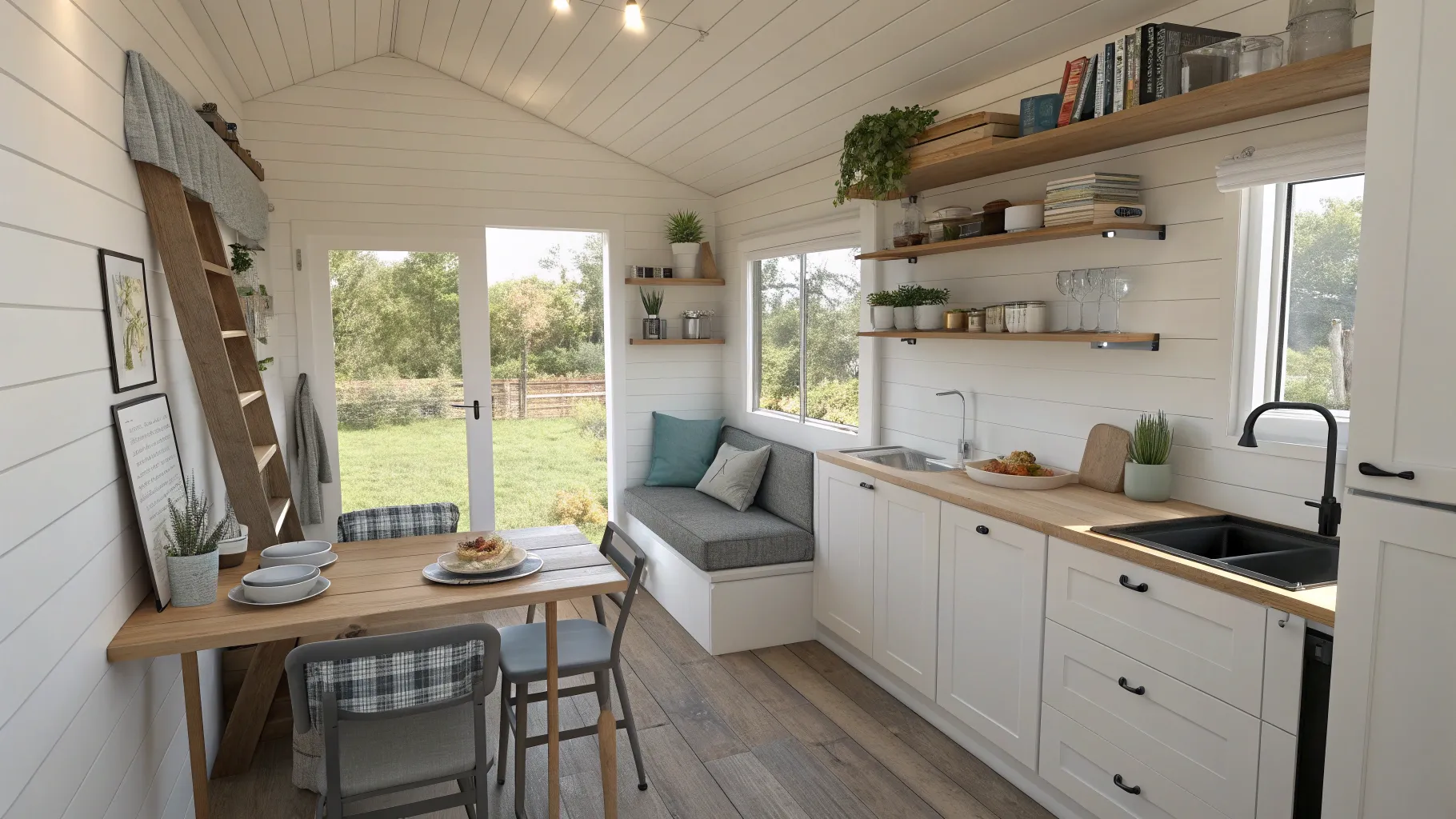As housing costs squeeze budgets and inflation strains wallets, one long-time tiny-home resident says the lessons learned from life in small spaces can help anyone spend less and shop smarter. After years split between a tiny house and a camper van, the traveler described a set of habits that cut clutter, reduce waste, and improve day-to-day financial decisions.
The guidance arrives as interest in downshifting grows.
Minimalist living has transitioned from a niche to a mainstream trend, with social media communities, DIY builders, and weekend van conversions becoming increasingly common. The core message is straightforward: limited space forces clear choices, and clear choices lead to cost savings.
“By living in a tiny home and a camper van for years, I learned tips anyone could use for being a better consumer, saving money, and shopping smarter.”
Why Space Limits Change Spending
Tiny homes and vans cap storage to the essentials. That physical limit becomes a powerful filter. Shoppers pause before buying because every item must justify its place in the store. Purchases are judged on daily utility, durability, and maintenance needs, not impulse.
In small spaces, duplicate items are impractical. That encourages people to multi-use gear, neutral-colored clothing layers, and versatile kitchen tools. It also nudges owners to repair before replacing, a habit that stretches budgets and delays large purchases.
Budgeting That Travels Well
Mobile living exposes expenses that can hide in larger homes. Fuel, campsite fees, and routine maintenance add up to a weekly ledger. The same approach can also work for households that are rooted in one place. Breaking costs into weekly line items highlights problem areas early and helps with trade-offs, like eating out less to fund a planned trip or home repair.
Small-space users also schedule recurring checks on subscriptions, storage units, and utility plans. The practice helps catch drift in spending and facilitates better rate negotiations or the cancellation of unused services. The result is a tighter budget without a drastic lifestyle change.
Buying Fewer, Better Items
Durability matters more when there is room for only one version of a thing. While a high-quality tool or jacket may cost more up front, fewer replacements can lower the total cost over time. That thinking aligns with trends in repair culture and secondhand markets, where buyers seek warranties, spare parts, and local service options.
Food habits shift, too. Limited refrigeration means smaller, more frequent shops and reduced waste. Planning meals around a base pantry and fresh produce helps reduce impulse buys and keeps perishable items from spoiling.
Secondhand First, Community Always
Tiny-home and van owners often rely on local swap groups and online marketplaces. The approach trims costs and keeps goods in circulation. It also builds connections, from tool-sharing to advice on repairs or routes.
- Check secondhand sources before buying new.
- Borrow or rent rarely used items.
- Resell gear quickly if it no longer fits your needs.
Communities centered on small-space living share tested packing lists, storage hacks, and safety tips. Those resources shorten the learning curve for new adopters and help traditional households apply the same tactics at home.
Retail and Policy Implications
Retailers have noticed the shift. Compact, modular products and refill systems are gaining shelf space. Brands that offer reliable repairs, spare parts, and clear return policies earn the loyalty of customers with limited storage space.
Cities are also watching. Interest in accessory dwelling units and small-footprint homes is increasing, often driven by concerns over affordability and sustainability. Waste reduction from smarter shopping supports municipal goals, from landfill diversion to lower emissions from production and transport.
What To Watch Next
As households search for savings, practices born in tiny homes may spread further. Expect increased interest in buy-back programs, community repair events, and tools designed for long-term use. Clear price tags are not enough; shoppers want to know the total cost over the product’s life cycle, including maintenance and disposal costs.
The traveler’s experience offers a simple checklist for any budget: plan purchases, favor multiuse items, track spending weekly, and choose quality that lasts. Those habits are small on their own, but together they reshape how people spend and what they keep.
The takeaway is practical and timely. Space limits sharpen priorities. That focus can help any consumer cut waste, save money, and shop with intent—no van or tiny house required.







